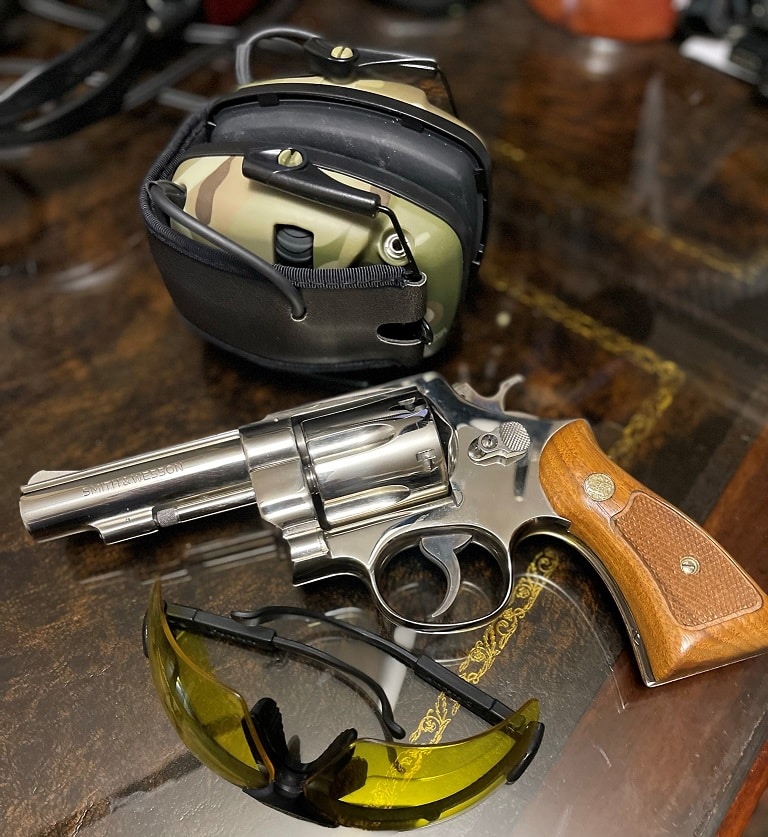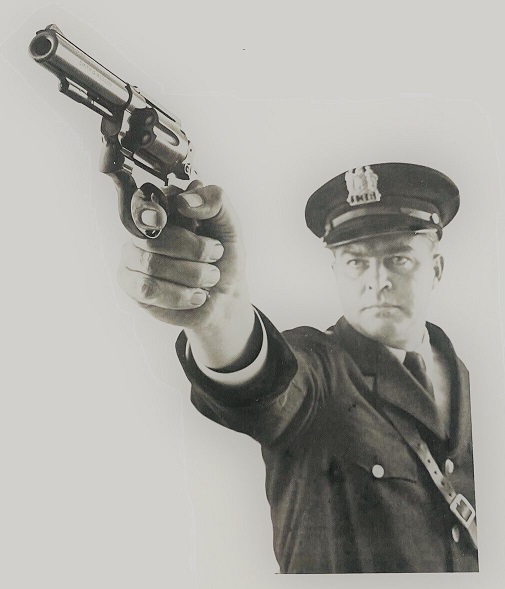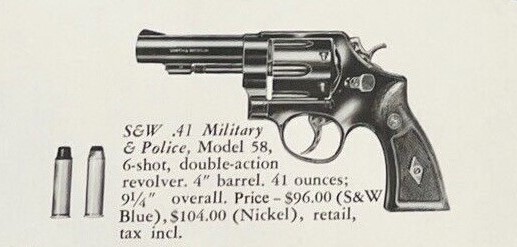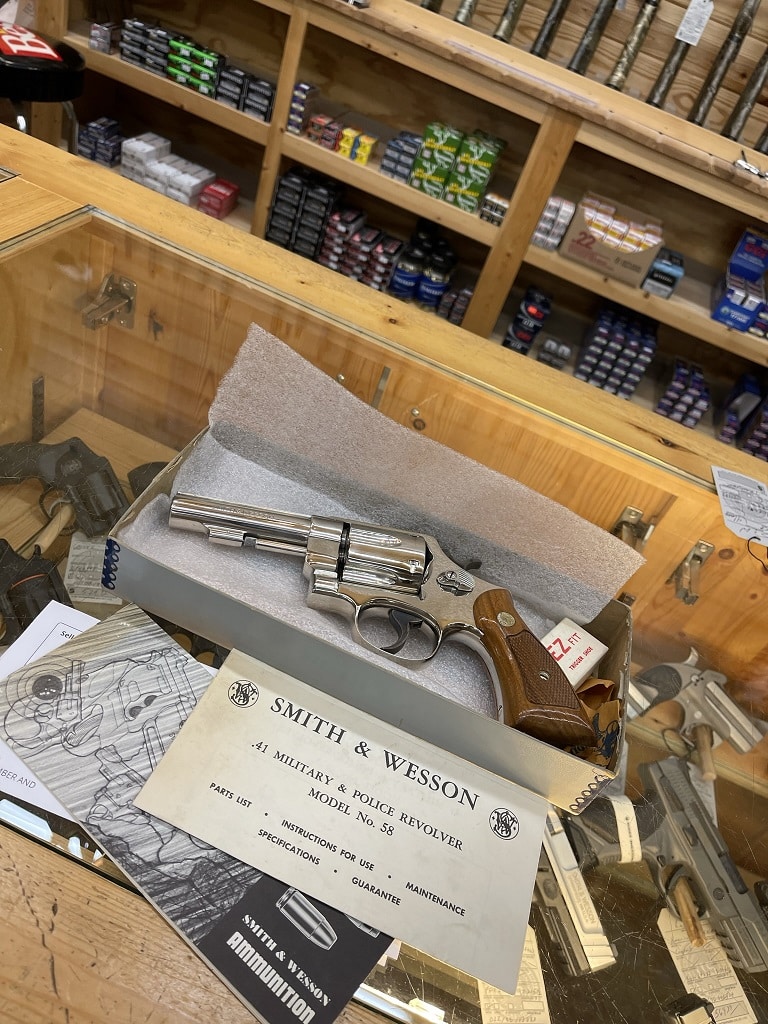Before I opine on the commercial failure (sales) of the gun, I need to make one thing clear. If I had been there in 1963 when Elmer Keith, Bill Jordan, and Skeeter Skelton all three petitioned for a caliber to bridge the gap between .357 and .44, I would have listened to them, trusted, and yielded to their knowledge and experience. In defense of those three gentlemen that told Smith & Wesson that the .41 would be the ideal handgun for law enforcement agencies, neither the resulting gun or cartridge were exactly as envisioned by them. It's important to note that Colt did not get on board the .41 Rem Mag bandwagon and never produced a gun for it.

If the need for a bigger, more powerful sidearm had been that dire in the minds of the end-users, they would have welcomed it and adapted to it. My Colt Python .357 is of similar size and weight and I've owned it for more than 30 years, yet I've never carried it. I have carried my light-weight Colt Cobra .38 a lot. Elmer Keith described the handgun as a "weapon of opportunity", meaning you could have it at the ready more easily than a long gun.
My opinion... The .41 Magnum was a solution to a problem that not enough people identified with.
The .41 Remington Magnum and Model 58 were created for law enforcement and the cartridge was developed specifically to fill the gap between the .357 and .44 Magnums. 25 Years Later and It Was Like Yogi Berra Said, “It’s Déjà vu All Over Again!” The .40 S&W was developed as a law enforcement cartridge, designed to fill the gap between the 9mm and the .45 ACP. I’ve never owned a handgun chambered for .40 S&W. I am not going to get sidetracked on the .40 S&W, so getting back to the .41 Magnum, here is how it was promoted.
This Smith & Wesson .41 M&P is giving undergunned urban policemen a new lease on life!

With 2½ times the stopping power of a .38 Special, yet virtually no increase in danger to innocents – the big, new S&W .41 Military & Police revolver is the gun patrolmen have needed for a long time. In the .41 “city” loading, a big, flat-nosed, 210-grain bullet moves out “just fast enough.” It puts more wallup, where you need it, than the Army .45! Yet its range is little more than a .38’s, with less penetration and ricochet. Range officers report this load is easy to shoot, in the large-frame Smith & Wesson.
Several cities, such as Amarillo, Texas, have already standardized on this gun. It has been recommended for purchase in large cities throughout the country who are moving toward a switch.

Ask your S&W distributor for a look at the .41 M&P, at law-enforcement prices.
Note that the 1960s gun in the advertisement has a diamond around the grip screw. My 1970s gun doesn't even have that, which was likely just a cost saving measure. Finding the ammunition I wanted was a problem. I searched the internet for about two hours trying to find Winchester Super X .41 Rem Mag 175 Grain Silvertip. I finally found a 20 round box from an individual up in Virginia. It's on the way, but didn't make it here in time for the photos for this article.
Conclusion
Elmer Keith said he had no use for a handgun without adjustable sights. On the other hand, I have little use for adjustable sights on a handgun. In the case of the .41, I must admit that a gun this size appears somewhat odd without them. Still, I love this one! Plus, if it had adjustable sights it wouldn't be a Model 58, it would be a Model 57. The gun that was supposed to be the ideal gun for law enforcement, instead became the ideal gun for collectors. It is truly an objet d'art, that's French for an object such as a tool, weapon or ornament, of historical interest.





